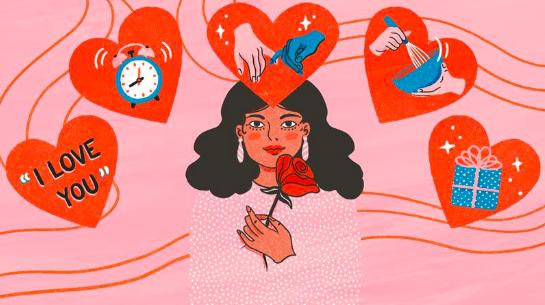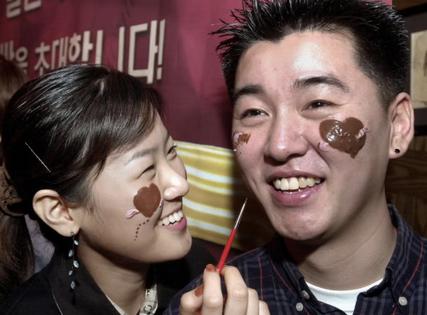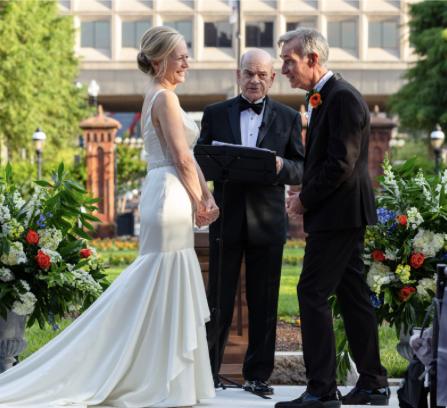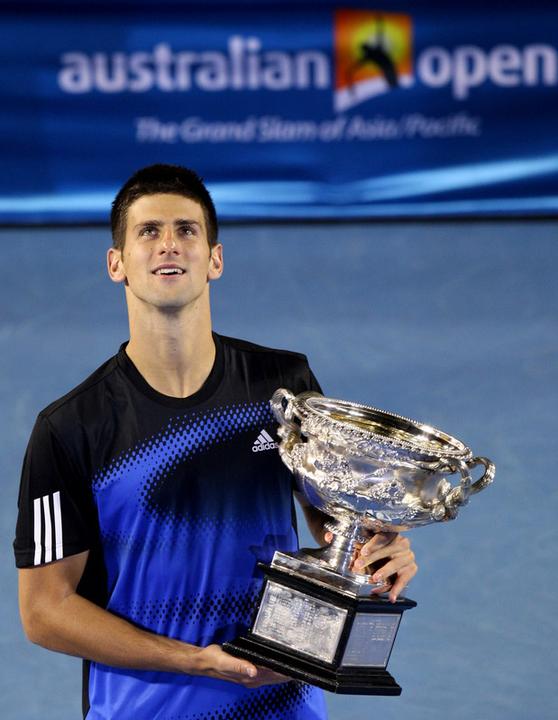
4 minute read
Bridging Cultural Gaps
In a world filled with cultural diversity, bridging the gap between cultures is an increasingly important and difficult challenge. Without the ability to understand each other's culture and beliefs, many issues that we encounter daily can quickly become more complicated. With more open lines of communication between people of different cultures, many misunderstandings, problems, and potential conflicts can be avoided

Advertisement
One way to bridge the cultural gap is through increased awareness and education. Education on cultural differences can begin at a very early age Schools, through initiatives like curriculum-based activities, can provide a way for students to learn about the differences and similarities between various cultures and even to visit (or virtually visit) other cultures and see them in person. Learning about each other can help foster better understanding and respect, which are essential for people of different cultures to be able to interact positively and peacefully.
Another important aspect in bridging the cultural gap is by encouraging positive dialogue between different groups People of different cultures need to be able to discuss and share their ideas and beliefs openly. Hosting workshops and other events that focus on getting people from different backgrounds together to discuss various topics can be extremely beneficial It provides a space where people can be open to new experiences, different points of view, and even have fun with each other.
Ultimately, in order to bridge the gap between different cultures, the emphasis must be on accepting and embracing diversity, rather than on forcing everyone to fit into the same mould. Encouraging and practising open communication and understanding will go a long way in creating positive interactions and relationships between people of various backgrounds Bridging the gap between cultures will take dedication and effort, but it will lead to a much more harmonious and peaceful society for everyone.
As a rapidly globalising world continues to shrink, it’s more important than ever for people from different backgrounds and cultures to interact in positive ways. Bridging the gap between cultures can create a powerful environment that enables growth and understanding for all involved. But in order for this to happen, it is important to know the strategies for creating and sustaining these relationships.
In addition, it’s essential to take the time to learn about different cultures and appreciate their unique qualities. Taking an interest in another culture’s language, customs, traditions, art, and music can be an effective way of establishing an understanding between cultures Even simply engaging in dialogue and showing an interest in learning more can make a world of difference in fostering connections.
Finally, having respect and an open mind when approaching conversations between cultures is essential. Everyone comes to the table with their own individual beliefs and backgrounds, and it’s important to respect and honour diversity. By cultivating empathy, acceptance, and trust, relationships between different cultures can grow and help people reach a mutual level of understanding
Bridging the gap between cultures is a key element of success in today’s increasingly global world. In order for different cultures to work together and benefit from one another’s ideas, it’s essential to focus on effective communication, appreciation and respect. By utilising these strategies, people from all backgrounds can come together and create an environment where all individuals can feel included and valued in this world intertwined
From kneecaps to ankles, from ACL’s to MCL’s - Richard Steadman’s operated on them all. Athletes remain at the forefront of newspapers and sponsorships but the rehabilitation and support they receive remains integral to their success. No matter the sport, sportspeople around the world entrusted Richard Steadman with their health and livelihood.
Dr J. Richard Steadman was an orthopaedic surgeon from Texas who died peacefully in his sleep on the 20th January 2023, aged 83. He gained legendary status and an induction into the American Sports Medicine (ASM) Hall of Fame for his expertise in helping professional athletes return to medal winning victories and trophies following possible career-ending injuries. He is most commonly known in medical circles for his ‘microfracture’ technique used on articular cartilage injuries (injuries in the knee caused by strong impacts or falls). This method uses a keyhole surgery, where a camera and small surgical tools enter the body through a small incision in the knee in a tube and is used to fix damages to the knee. Secondly, athletes usually faced injuries to their anterior cruciate ligament (ACL) It was common for athletes to end their careers over this injury but with the help of Richard Steadman’s infamous technique dubbed the “Healing Response'', this issue was eradicated. He developed a process that helped heal ACL tears with enough success that sports players returned to their sports.
He’s known for treating hundreds of alpine skiers for many decades who won Olympic medals after his surgeries, notably Phil Mahre, a 2 time Olympic medalist and 9-time World Champion. Basketball legend, Kobe Bryant personally visited Steadman in 2003 and underwent this exact procedure, which elongated his career and helped him win 2 championships later in his career with the Los Angeles Lakers. Furthermore, British footballing icon and past Ballon D’or winner, Alan Shearer also credits Steadman with saving his career and preserving his presence at top tier football for many years. Steadman’s outstanding resume doesn’t end here! His clinic was known for frequenting Martina Navratiolva, the 3rd most successful women ' s tennis player in history and an NFL Hall of Famer with an illustrious career called John Elway

His constant success and amicable character cemented his place among the surgical legends. His death leaves a large hole in the community. No sport barriers nor any nationality barrier could stop the sports world from rejoicing and celebrating a man who placed patient care and athlete success over any reasoning. May he rest in peace, and may his mesmerising innovation continue to save sporting careers for years to come.









